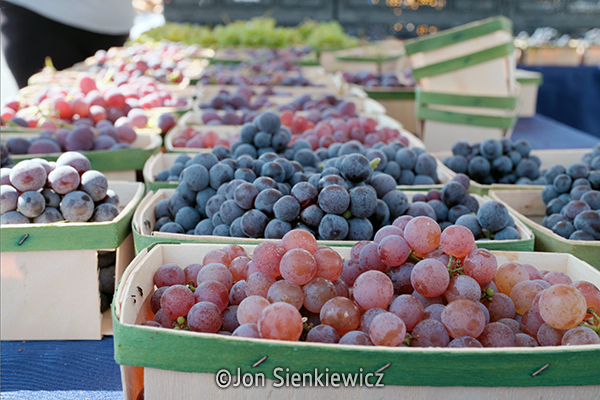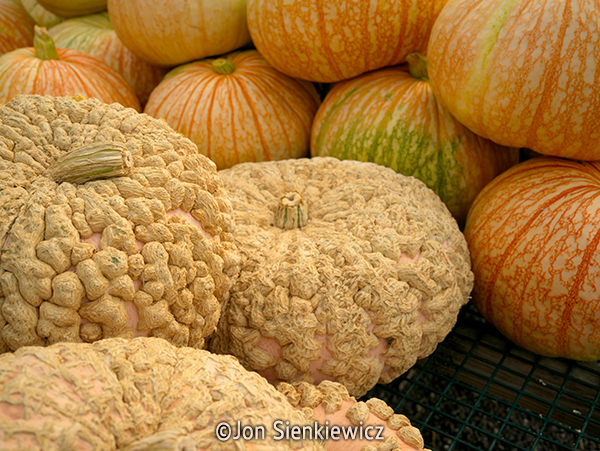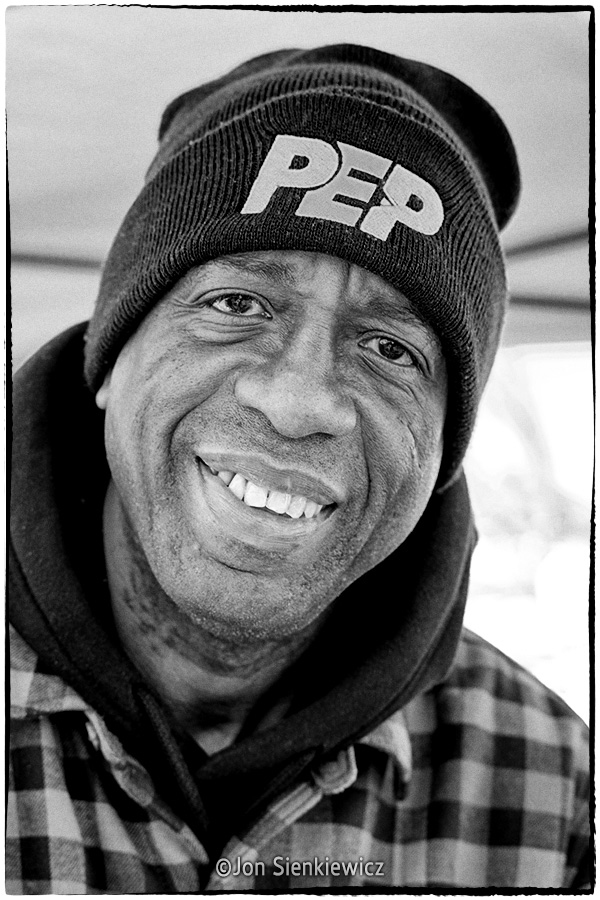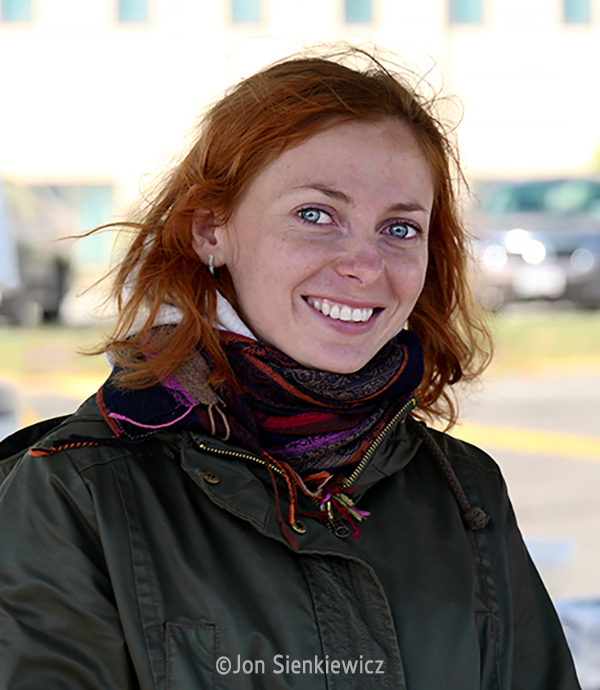Don’t Overcook Nature & Landscape Photos: Keep Your Edits Realistic (VIDEO)
Beginning Lightroom and Photoshop users tend to become so enamored with all the transformative tools that they often go overboard with post-processing effects, which is a sure way to ruin an otherwise nice shot. As you’ll see in this tutorial from instructor Johny Spencer, there are six warning signs that your edits are overcooked.
Spencer is a professional nature and landscape photographer working for Australia’s National Park Service, and he readily admits that he took a very heavy-handed approach when first starting out. This is a common beginner mistake, and it’s time you embraced subtlety like he did if you want to enhance photos while retaining a pleasing and realistic look.
This 12-minute episode covers everything from unnatural colors to over-the-top sharpening so you’ll be able to edit like a pro by dialing things back and avoiding garish and unrealistic effects. Spencer begins with a common mistake made when attempting to open up shadows in dark areas of a scene to enhance detail and definition.

This faux pas often occurs when taking an HDR approach that involves shooting multiple frames of a scene, each at a different exposure, and merging them in the hopes of achieving one perfect shot with correctly balanced tones. When doing so you may end up with a very flat result, and a quick glance at the histogram provides the telltale sign of this error.
Spencer demonstrates a quick fix as he does with the other glaring mistakes discussed, and the next one involves the other end of the tonal scale when you mess up the highlights of a shot by attempting to repair the blown-out appearance of a bright, sunny sky. By pulling down the brightness values too far “you’ll get a weird halo around the sun, the ethereal glow is lost, and the image will look really bad.”
Other problems and solutions include clumsy White Balance adjustments, overcooked contrast, amping up saturation beyond reasonable levels, over-sharpening, and introducing too much texture and clarity. You’ll quickly learn how to spot these mistakes, learn how to properly evaluate an image, and edit photos with thoughtfulness and intent.
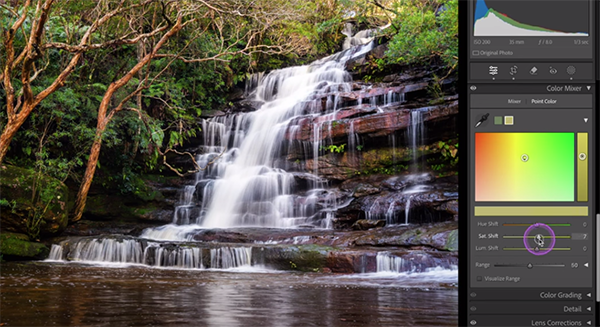
After watching the video head over to Spencer’s instructional YouTube channel where you’ll find many more pro tips and techniques for elevating your skills
We also suggest watching an earlier tutorial we featured with another post-processing expert who demonstrates how to transform boring landscape photographs into spectacular shots with a beautiful, natural-looking, glowing sunset effect.


